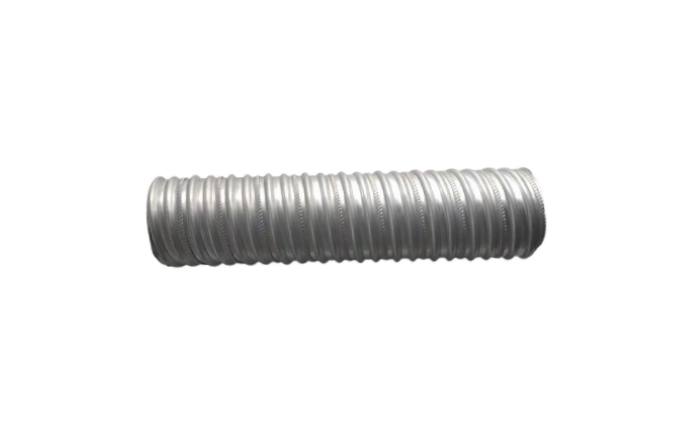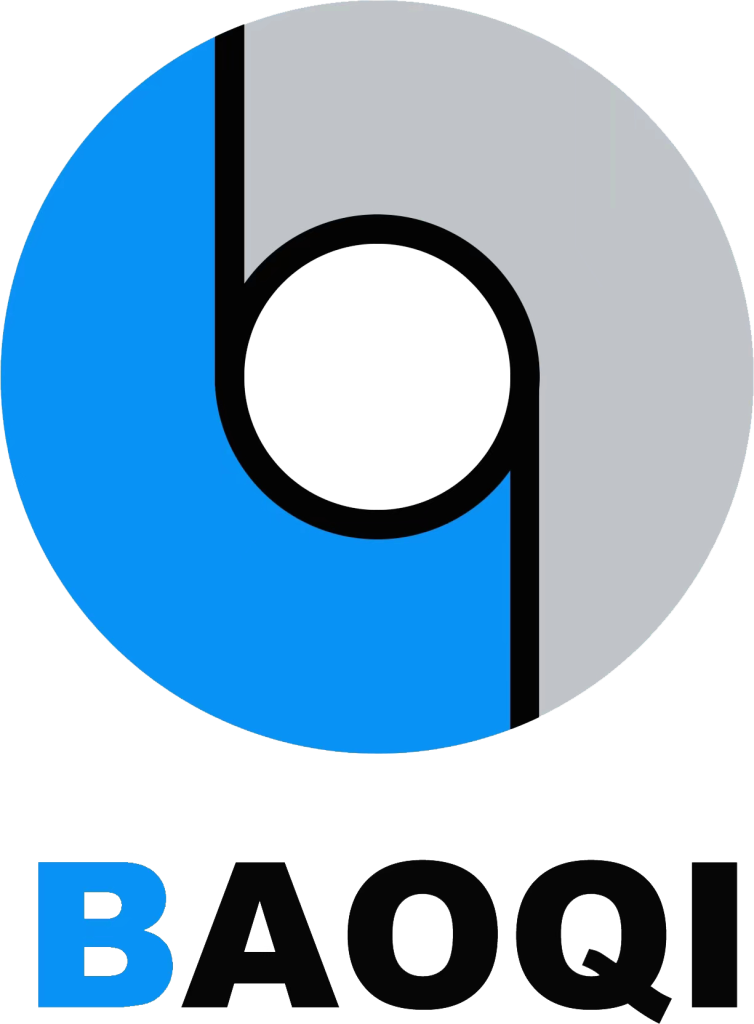
Corrugated pipe is a flexible, accordion-like device designed to expand, contract, or bend, commonly used to absorb movement, pressure changes, or vibrations in mechanical systems. It is made from materials like metal, rubber, or plastic and finds applications in industries such as plumbing, HVAC, automotive, and aerospace. Its corrugated structure allows for durability while maintaining flexibility.
Product Details
A corrugated pipe is a lightweight tube with a series of parallel ridges and grooves (corrugations) along its length, providing enhanced strength and flexibility. Typically made from plastic (HDPE, PVC, or PP) or metal, it is widely used in drainage, sewage systems, electrical conduits, and ventilation due to its durability, crush resistance, and ease of installation. The corrugated design allows bending without kinking, making it ideal for uneven terrains. It also resists external pressure and accommodates thermal expansion. Common applications include agricultural drainage, road culverts, and cable protection. Its cost-effectiveness and adaptability make it a preferred choice in construction and infrastructure projects.
Description and Components:
Corrugated pipes are cylindrical tubes characterized by their wavy or ridged surface, which provides enhanced structural strength and flexibility. These pipes are commonly used in various applications, including drainage, stormwater management, and utility installations. The corrugated design allows for improved load-bearing capacity while maintaining a lightweight profile, making them easier to handle and install compared to traditional smooth pipes.
Components:
Pipe Body: The main structure of the corrugated pipe, featuring a series of alternating ridges and grooves that provide strength and flexibility.
Material: Common materials include:
High-Density Polyethylene (HDPE): Known for its durability, chemical resistance, and lightweight properties.
Polypropylene (PP): Offers excellent resistance to chemicals and is often used in specialized applications.
Reinforced Concrete: Used for larger diameter pipes and applications requiring high load-bearing capacity.
End Sections: These are the openings at both ends of the pipe, which may be designed to connect with other pipes or fittings.
Functionality:
Drainage and Water Management:
Corrugated pipes are widely used in drainage systems to efficiently transport stormwater, surface runoff, and wastewater away from roads, fields, and urban areas. Their design helps prevent flooding and water accumulation.
Flexibility and Adaptability:
The corrugated structure allows these pipes to bend and conform to different terrains, making them suitable for installation in challenging landscapes. This flexibility is particularly beneficial in agricultural and construction applications.
Load-Bearing Capacity:
The structural integrity of corrugated pipes enables them to withstand significant external loads, making them ideal for use under roads, driveways, and other heavy traffic areas. They can support the weight of vehicles and equipment without collapsing.
Reduced Friction Loss:
The internal surface of corrugated pipes is designed to facilitate smooth flow, reducing friction losses compared to traditional smooth pipes. This characteristic enhances the efficiency of fluid transport.
Corrosion and Chemical Resistance:
Made from materials like HDPE and polypropylene, corrugated pipes are resistant to corrosion and chemical degradation, making them suitable for transporting various liquids, including those with aggressive chemical properties.
Sediment Transport:
The design of corrugated pipes allows for effective sediment transport, minimizing the risk of blockages and ensuring that the flow remains unobstructed over time.
Utility Conduit:
Corrugated pipes are often used as conduits for electrical and telecommunications cables, providing protection and organization for utility installations.
Environmental Protection:
By managing water flow and preventing erosion, corrugated pipes contribute to environmental protection efforts, helping to maintain soil integrity and reduce the impact of stormwater runoff on ecosystems.
Cost-Effectiveness:
Their lightweight nature and ease of installation can lead to reduced labor and transportation costs, making corrugated pipes a cost-effective solution for many projects.
Overall, the functions of corrugated pipes make them a versatile and essential component in modern infrastructure, contributing to effective water management, utility installations, and environmental sustainability.
Applications:
Stormwater Management:
Corrugated pipes are commonly used in stormwater drainage systems to collect and transport excess rainwater, preventing flooding and waterlogging in urban areas. They are often installed in catch basins, swales, and retention ponds.
Agricultural Drainage:
In agriculture, corrugated pipes are employed for subsurface drainage systems to remove excess water from fields, improving soil conditions and crop yields. They help manage water levels and prevent crop damage from waterlogging.
Culverts:
Corrugated pipes are frequently used as culverts to allow water to flow under roads, railways, and other structures. They provide a passage for streams and drainage while maintaining the integrity of the roadway.
Utility Conduits:
These pipes serve as conduits for electrical, telecommunications, and fiber optic cables, protecting them from environmental damage and facilitating organized installations.
Wastewater Management:
Corrugated pipes are used in sewer systems and wastewater treatment facilities to transport sewage and effluent. Their resistance to corrosion and chemicals makes them suitable for handling various waste materials.
Landfill and Waste Management:
In landfill applications, corrugated pipes are used for leachate collection systems, helping to manage and transport liquid waste away from the landfill site.
Erosion Control:
Corrugated pipes can be integrated into erosion control systems to manage water flow and reduce soil erosion in vulnerable areas, such as slopes and riverbanks.
Road and Highway Construction:
They are used in underdrain systems to manage groundwater levels and prevent water accumulation beneath roadways, enhancing road stability and longevity.
Recreational Areas:
Corrugated pipes are also used in parks and recreational areas for drainage purposes, ensuring that pathways and fields remain dry and usable.
Industrial Applications:
In industrial settings, corrugated pipes are utilized for various fluid transport needs, including the movement of chemicals, slurries, and other materials.
Overall, the diverse applications of corrugated pipes highlight their importance in infrastructure development, environmental management, and utility services, making them a critical component in many engineering projects.
Advantages:
High Strength-to-Weight Ratio:
Corrugated pipes are designed to be lightweight yet strong, allowing for easy handling and installation without compromising structural integrity. This makes them ideal for applications where weight is a concern.
Flexibility:
The corrugated design provides excellent flexibility, enabling the pipes to bend and adapt to various terrains and installation conditions. This feature is particularly beneficial in areas with uneven ground or where curves are required.
Durability and Longevity:
Made from materials such as high-density polyethylene (HDPE) and polypropylene, corrugated pipes are resistant to corrosion, chemicals, and environmental factors. This durability ensures a long service life, reducing the need for frequent replacements.
Efficient Flow Characteristics:
The internal surface of corrugated pipes is designed to facilitate smooth fluid flow, minimizing friction losses. This efficiency enhances the overall performance of drainage and wastewater systems.
Cost-Effectiveness:
The combination of lightweight construction, ease of installation, and low maintenance requirements makes corrugated pipes a cost-effective solution for various projects. Their long lifespan and reduced labor costs contribute to overall savings in infrastructure development.
These advantages make corrugated pipes a preferred choice in many engineering and construction applications.
